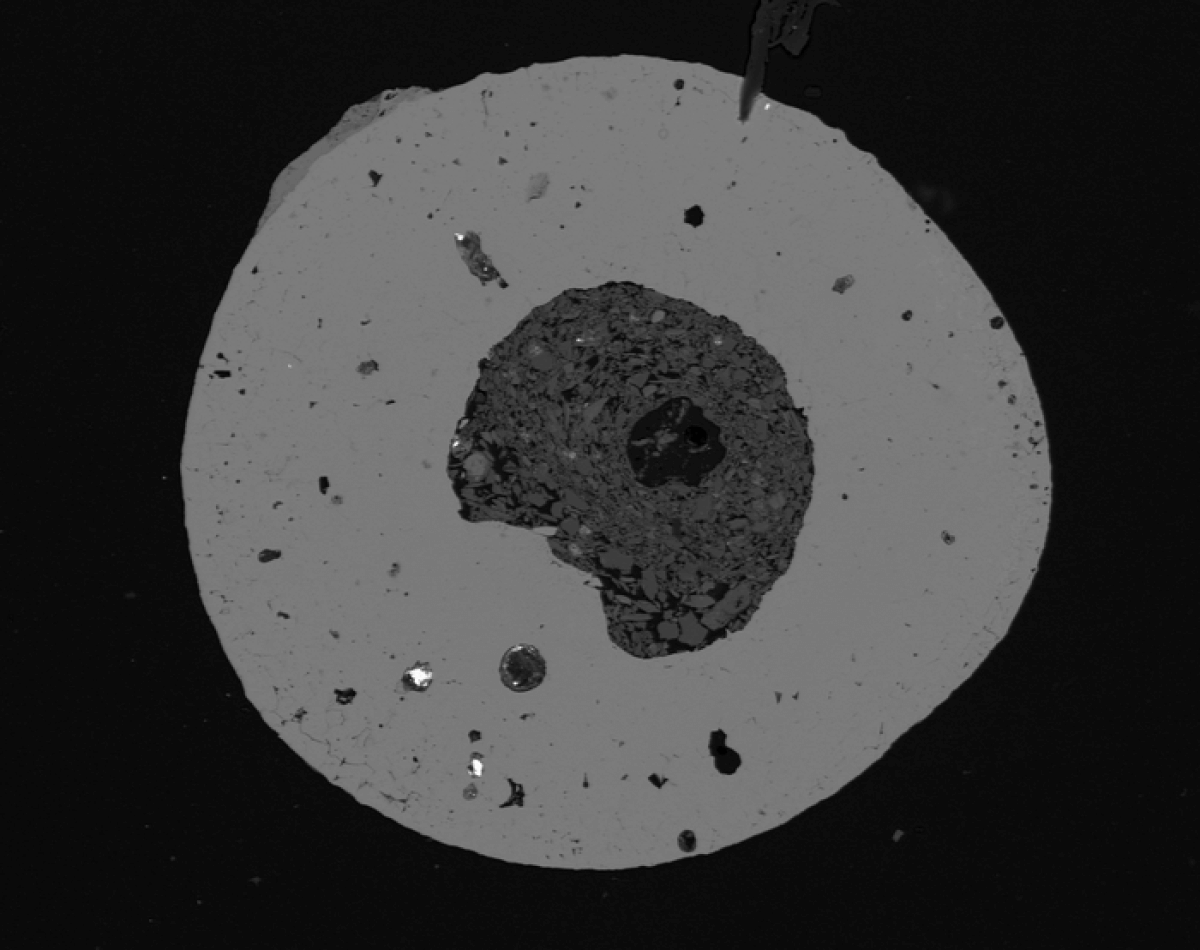FRANKFURT, Germany — For one German geologist, a holiday trip to France has become the scientific discovery of his career. Beneath the “Domaine du Météore” winery, Professor Frank Brenker says there’s a previously undiscovered meteorite crater — only the fourth such crater found in Western Europe.
One of the strongest pieces of evidence we have of meteor collisions are the craters they leave on Earth’s surface. While these ancient craters are still visible today, erosion and shifting of plate tectonics in the Earth’s crust make them very hard to find. The “Earth Impact Database” lists 190 craters worldwide, with the newest discovery bumping the list to 191.
The irony is that the wine vineyard has been advertising the deep gap in their land as a meteorite crater all along. Geologists in the 1950s looked into the sunken area as a potential crater — a round depression about 220 meters in diameter and 30 meters deep. However, scientists dismissed the hypothesis years later. Still, the idea of a crater seemed like a great way to attract tourists to visit the winery. For decades, the owners used this unique hole in the ground as a marketing tactic. Now, it turns out they were right the entire time!
Brenker, a geologist and cosmochemist at Goethe University Frankfurt in Germany, and his wife collected rock samples from the site to study back in the lab. Brenker’s hunch was correct. A microanalysis of rock samples showed dark-colored layers in one of the shists (a medium-grained metamorphic rock) might be shock veins created from the grinding and fracturing of the rock. In other words, the uneven pattern of rock formation shows signs of a giant impact. The impact was likely from a meteorite striking the region. Brenker also found evidence of breccia, angular rock debris bound with a type of “cement” that can occur from a meteorite strike.
“Craters can form in many ways, and meteorite craters are indeed very rare. However, I found the various other interpretations of how this depression could have formed unconvincing from a geological perspective,” says Brenker in a university release.

The impact created tiny iron balls and diamonds in the ground
The next year, Brenker took his colleagues to inspect the crater in greater detail. Their search was not in vain. The team of geologists found the Earth’s magnetic field is slightly weaker in the crater than in the outer perimeter. Differences in magnetic fields are common among craters because the impact destroys and, at times, melts rock during the collision. The resulting impact, in turn, reduces Earth’s magnetic field in the area.
The geologists found tiny oxide spherules up to one millimeter in diameter using strong magnets attached to a plate. Spherules are commonly found in other impact craters. Laboratory analysis of the spherule samples showed nickel-bearing iron buried with a core of minerals similar to what you would find in a crater environment. There were also several shock microdiamonds created from the high pressure of the meteorite’s impact.
“Such microspheres form either through abrasion of the meteorite in the atmosphere or only upon impact, when a large part of the iron meteorite melts and then reacts with the oxygen in the air. On impact, material shattered at the point of impact might then also be encased,” explains Brenker. “This, together with the lower magnetic field and the other geological and mineralogical finds, allows us to draw hardly any other conclusion: a meteorite did indeed strike here.”
The research presented their findings at the 2023 Lunar and Planetary Science Conference.

